Brrr! It’s cold out there! Whatever cold weather you northern folks in Canada and the U.S. are experiencing, somehow you’ve managed to send some our way. As I write this, it’s 32 degrees Fahrenheit (freezing!) with a 25-degree windchill, and it’s just early evening yet. That’s cold for these here parts! Looks like the low might be 16 degrees. Good weather for stew, tonight’s meal.
Yesterday the boys and I got out there and watered all the plants in the garden and also gave them a nice seaweed martini to give them an extra boost of nutrients to help protect them survive the freeze. I didn’t cover everything with sheets this time — just the citrus trees and a couple of tenders. I lost a few plants with the last freeze despite the fact that I covered them — I’m just going to have to trust that the hardy of the hardy will survive again.
The exciting news is that my veggie garden, neglected over the holidays, has been growing with a vengeance despite my absence.
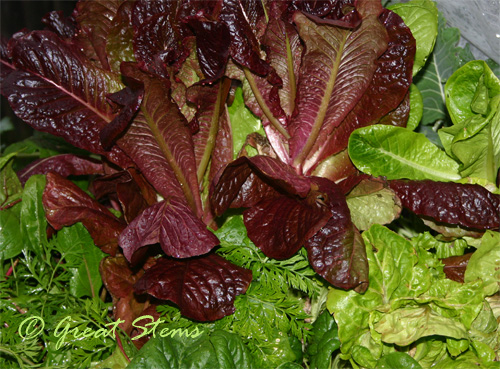 The strawberry plants are all alive, yay. And the carrots, lettuce, spinach, and kohlrabi are massive! They’ve been loving their little bed, though I wish I’d managed to give them some organic fertilizer over the holidays, just because I’m learning that they like that. The lettuce heads are so big that I wonder whether the leaves will taste bitter — does lettuce do that? The spinach already is a little bitter, the leaves not being so “baby spinach” size as the seed package promised. It’s our fault for not harvesting them all when small, I suppose.
The strawberry plants are all alive, yay. And the carrots, lettuce, spinach, and kohlrabi are massive! They’ve been loving their little bed, though I wish I’d managed to give them some organic fertilizer over the holidays, just because I’m learning that they like that. The lettuce heads are so big that I wonder whether the leaves will taste bitter — does lettuce do that? The spinach already is a little bitter, the leaves not being so “baby spinach” size as the seed package promised. It’s our fault for not harvesting them all when small, I suppose.
Tonight we picked a couple of kohlrabi, though I understand they are troopers in a freeze. Aren’t they beautiful? I left a little one back in the bed — I hope it doesn’t get lonely, but maybe the gigantic lettuce leaves will keep it company. And warm. *Edit: I was wrong, I left two in the bed, yay. And I plucked a bunch of lettuce and spinach to share with the neighbors before it all succumbed to the freeze.
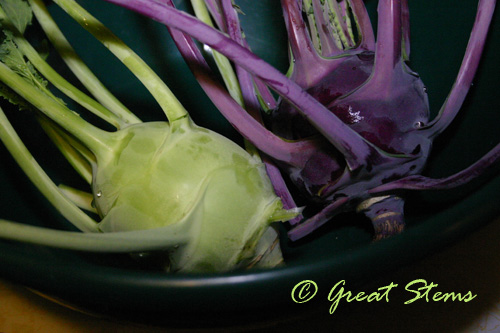
Now all we need is for our kohlrabi-loving friends Stepan and Jen and their kids to come over and share our first kohlrabi harvest with us!
This fall I planted two varieties of carrots — one shorter, one longer (the varieties escape me at the moment). The shorter variety has done fairly well — but we gobbled the ones we picked before I got a decent picture. The one below was only mildly deformed and still tasty.
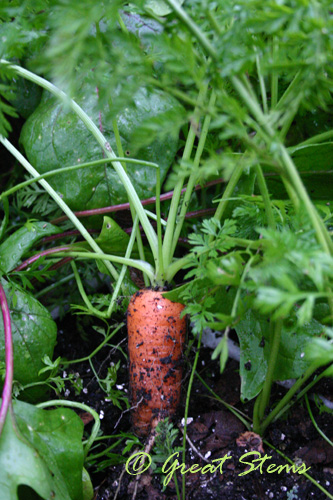 The “longer” variety has proven to be weird. Look at how short and fat this one is.
The “longer” variety has proven to be weird. Look at how short and fat this one is.
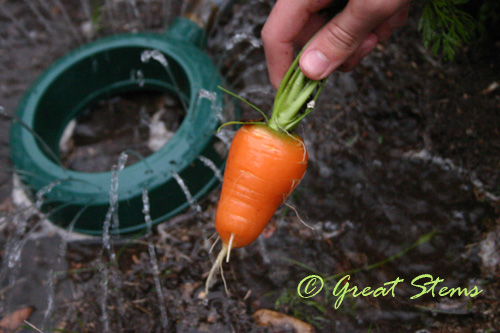 Unfortunately, it tasted rather bitter for a carrot. It sure has pretty color, though, doesn’t it? I wonder if it was a nutrient thing (remember, I didn’t fertilize over the holidays). The carrots certainly have plenty of depth to grow in, so that’s not the issue.
Unfortunately, it tasted rather bitter for a carrot. It sure has pretty color, though, doesn’t it? I wonder if it was a nutrient thing (remember, I didn’t fertilize over the holidays). The carrots certainly have plenty of depth to grow in, so that’s not the issue.
We gave the yucky ones we harvested to the dogs, who thought the food odd but edible enough.
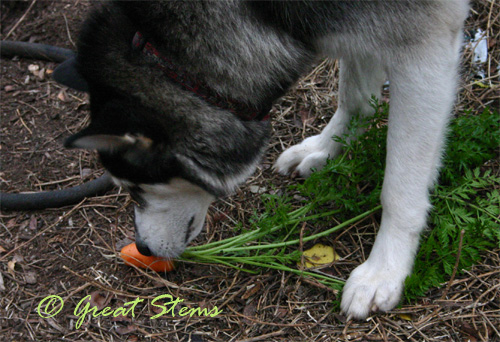
I need to use some of these carrot tops in a fresh smoothie — yum! Did you know that the carrot greens are far more nutrient-rich than the orange part? It’s important to use organic ones, though — conventionally grown carrots are some of the top vegetables to expose people to pesticides.
Stay warm, all, unless you are in the southern hemisphere — then stay cool!
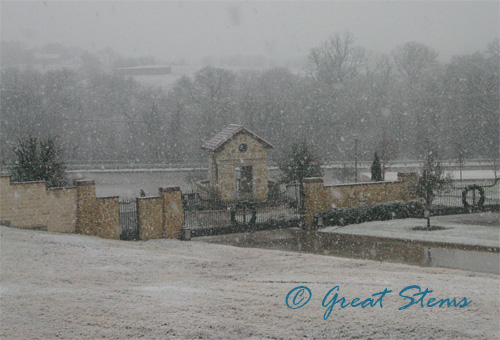
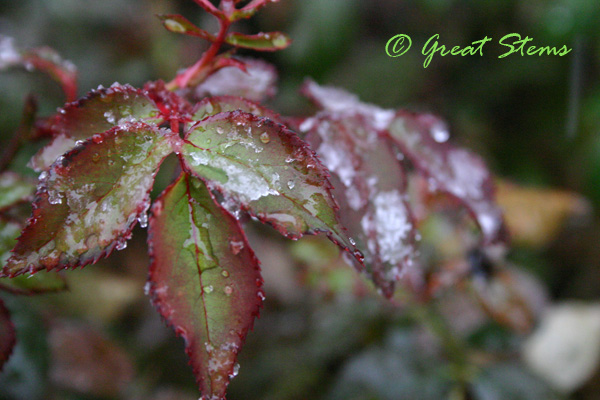
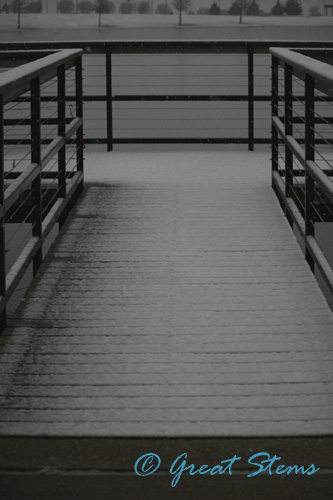 At a nearby pond, ducks swam in the cold, cold water. This duck rested on shore with snow gently landing on its back, until it decided I was too close for comfort and swam off to join its friends.
At a nearby pond, ducks swam in the cold, cold water. This duck rested on shore with snow gently landing on its back, until it decided I was too close for comfort and swam off to join its friends.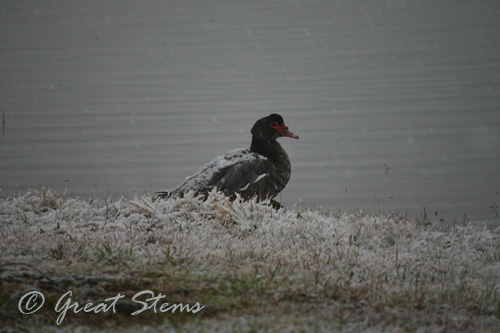
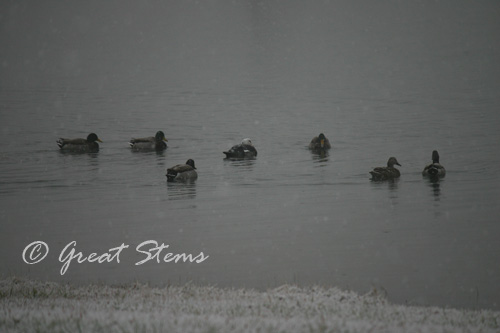

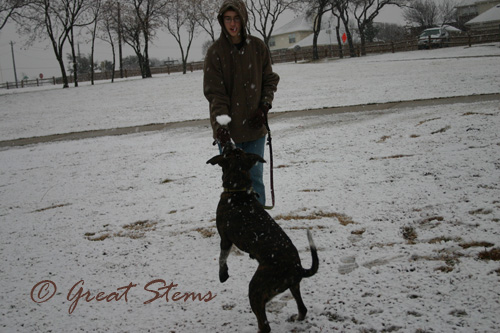
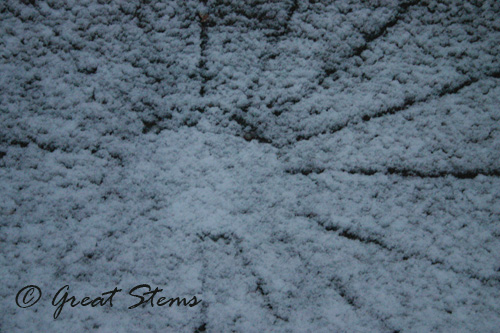
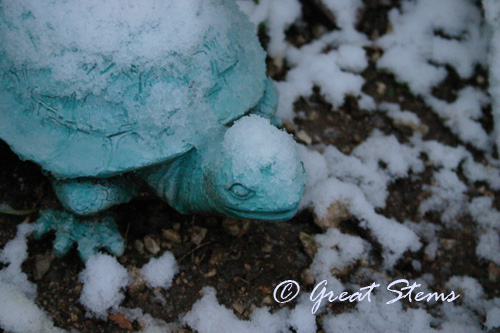
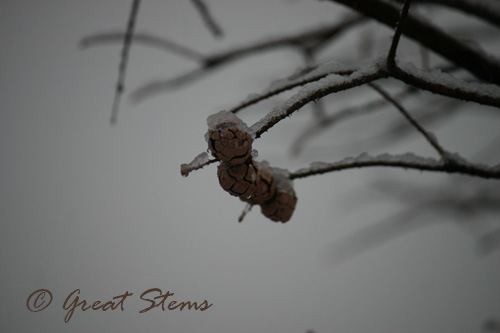
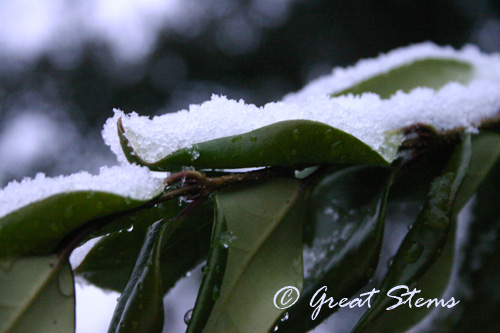
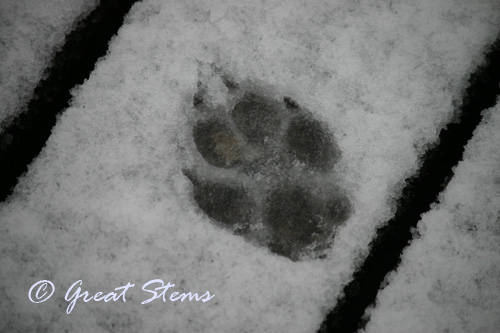
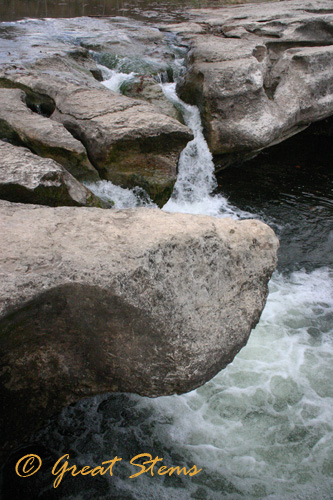
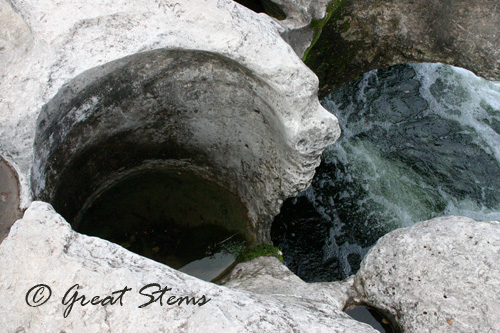
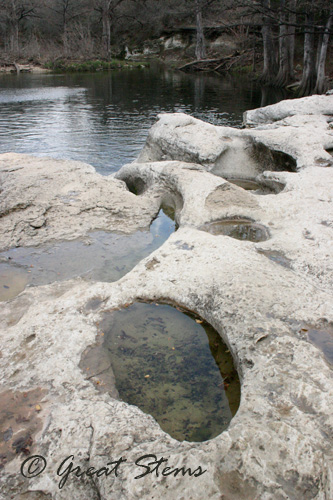
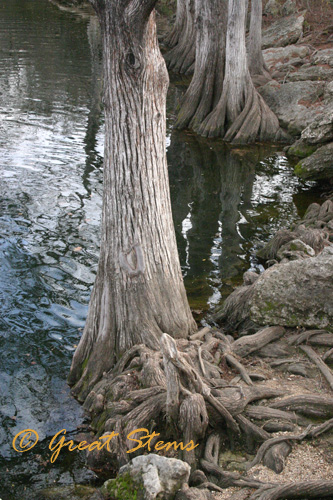
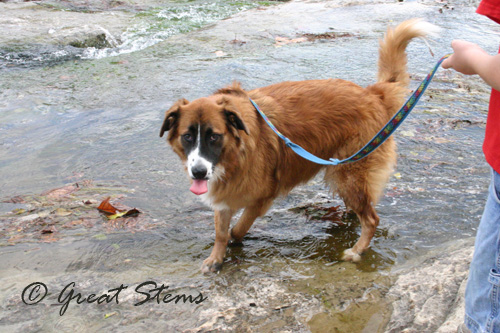
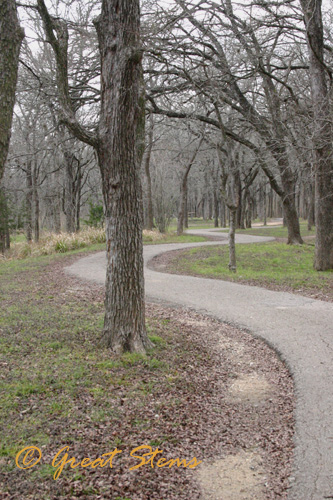
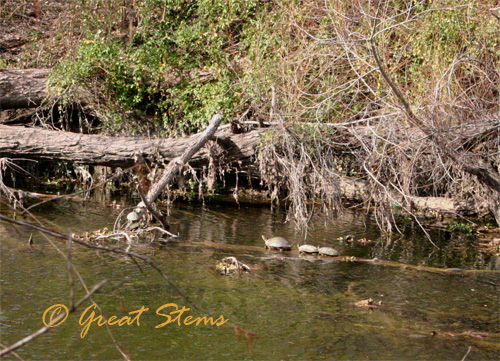
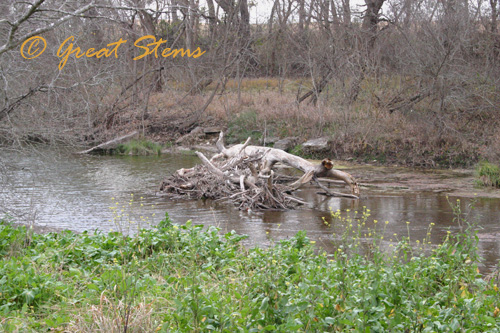
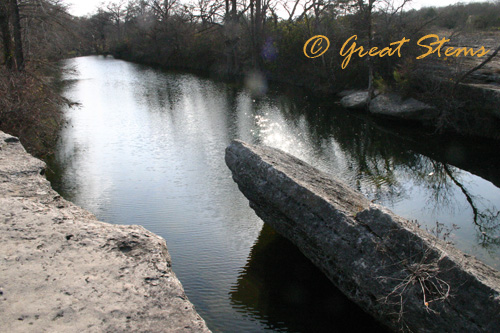
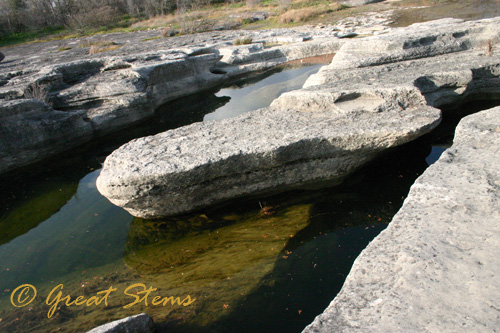
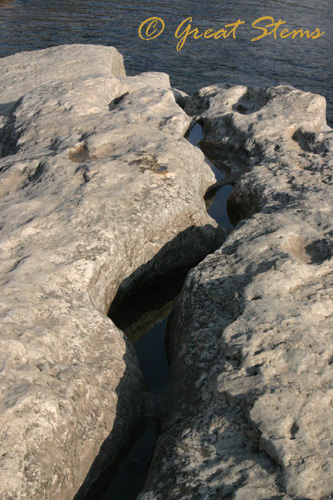
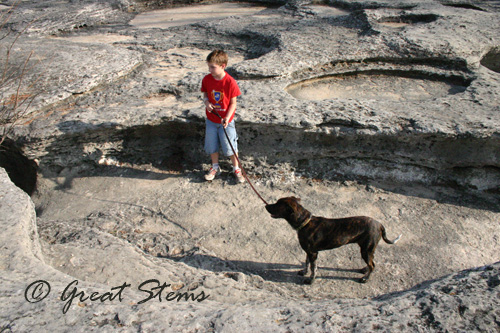 The Lower Falls look different from what I remember from years ago — presumably this is a combination of water erosion at work and current flow of the creek. To cross to the other side, where the old homestead is, one has to jump across a channel just large enough to be risky for an adult and way too dangerous for children to safely cross.
The Lower Falls look different from what I remember from years ago — presumably this is a combination of water erosion at work and current flow of the creek. To cross to the other side, where the old homestead is, one has to jump across a channel just large enough to be risky for an adult and way too dangerous for children to safely cross.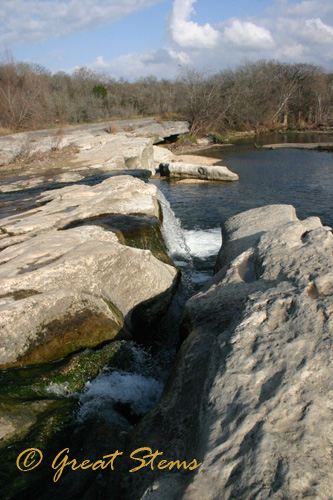
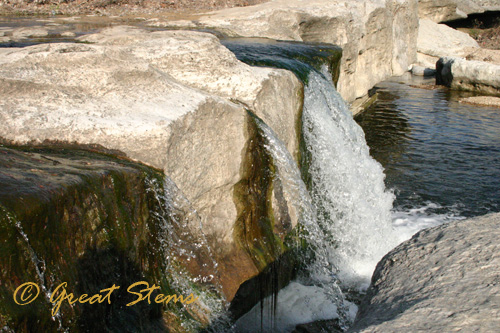
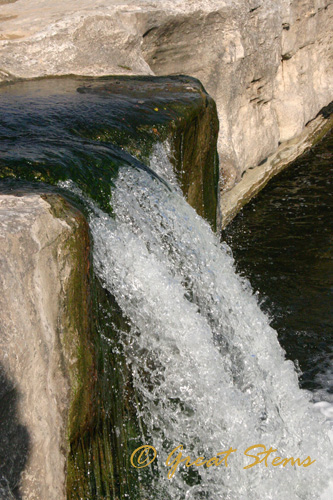
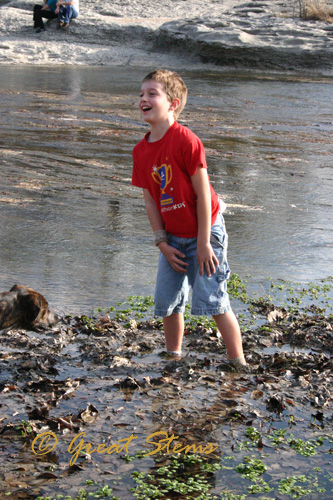
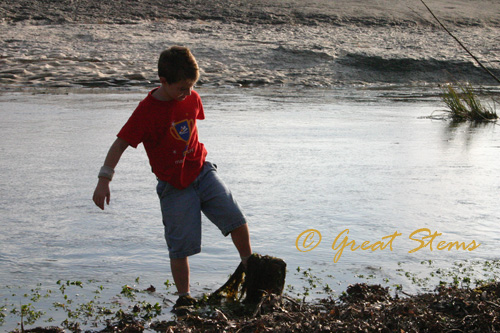
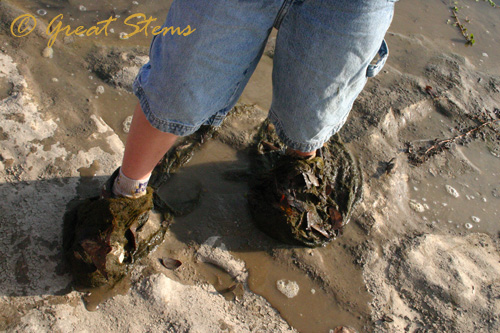 On the other side of the park, we could really envision the McKinney ranch of old.
On the other side of the park, we could really envision the McKinney ranch of old. 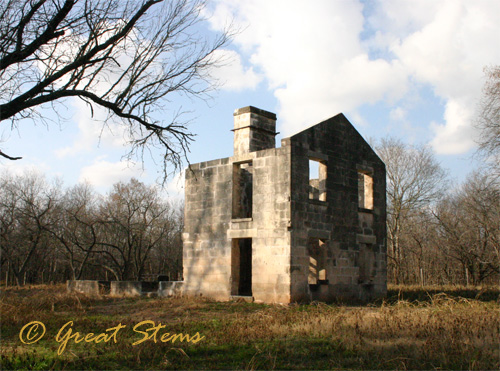 It’s easy to picture horses pulling a wagon under the trees along this wide road.
It’s easy to picture horses pulling a wagon under the trees along this wide road.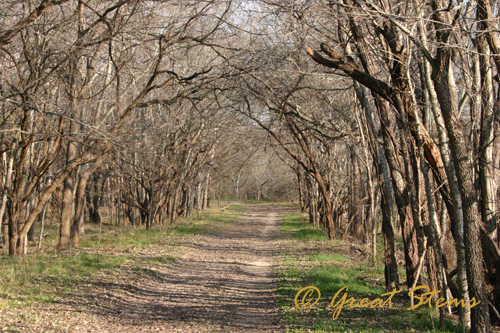
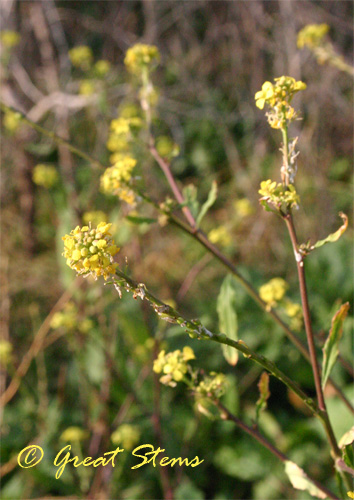
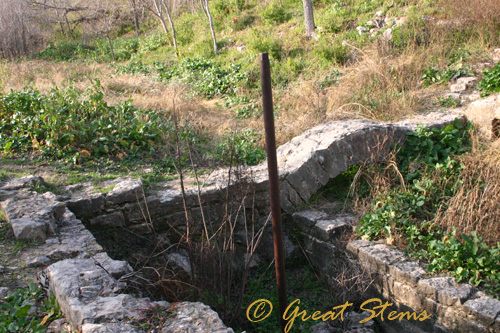
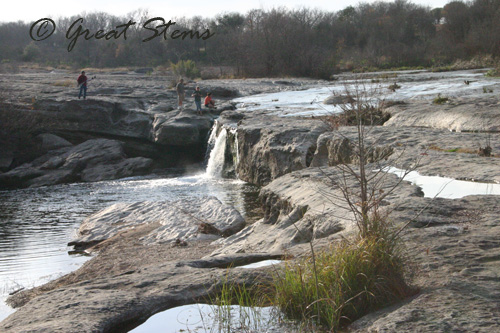
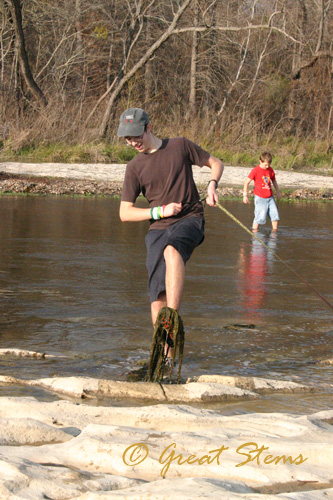

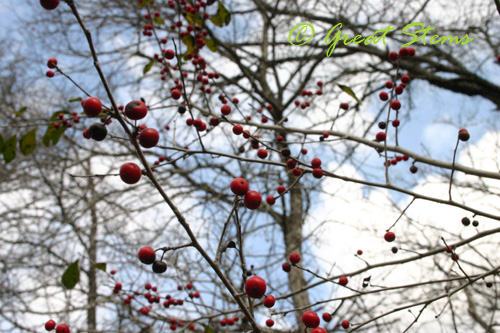
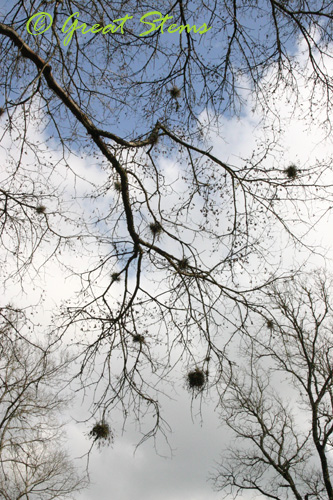
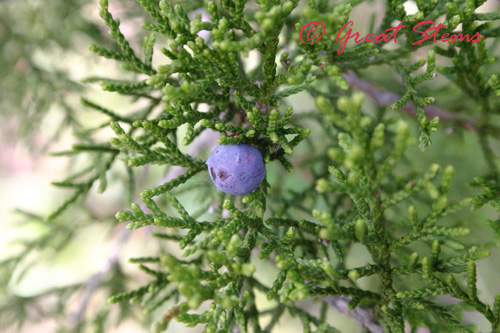
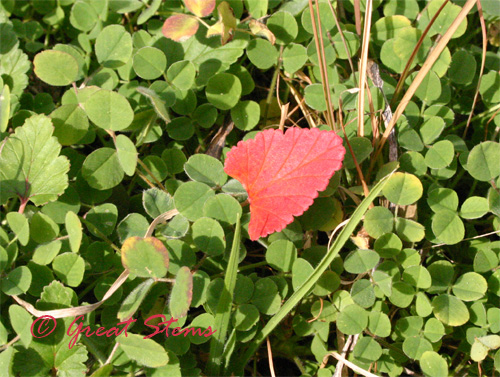
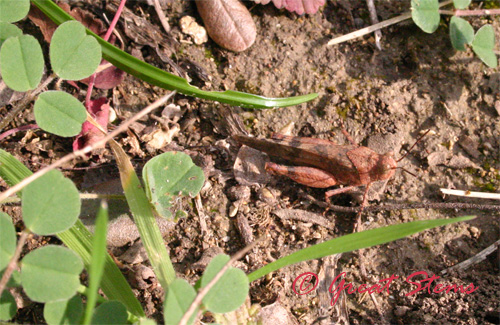
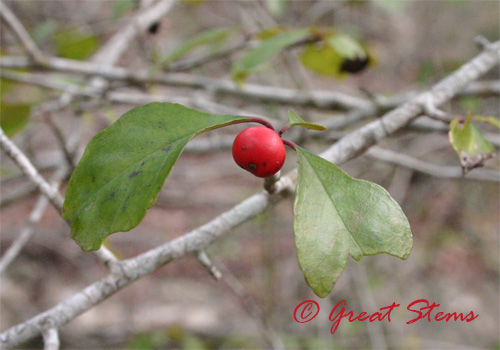
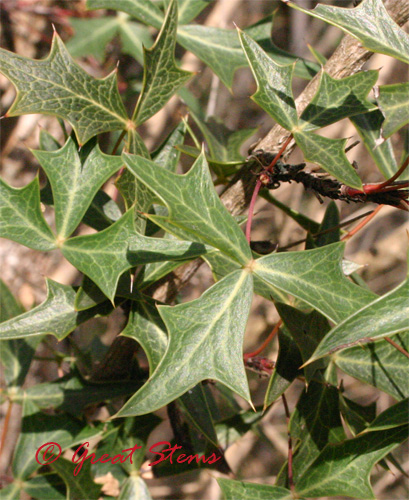
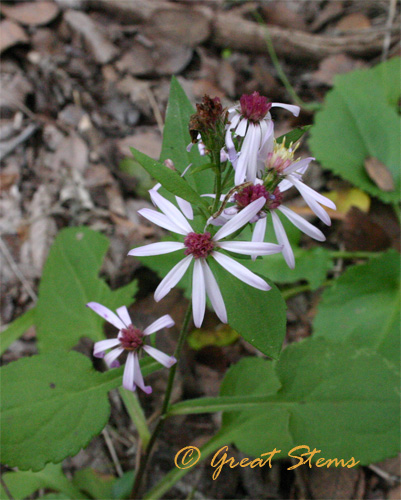
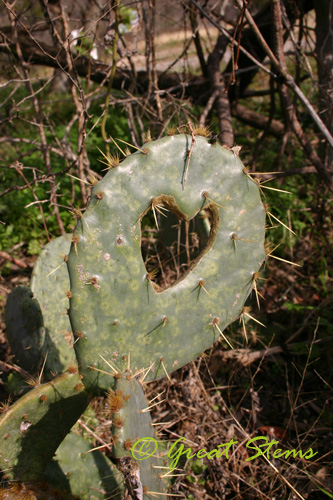
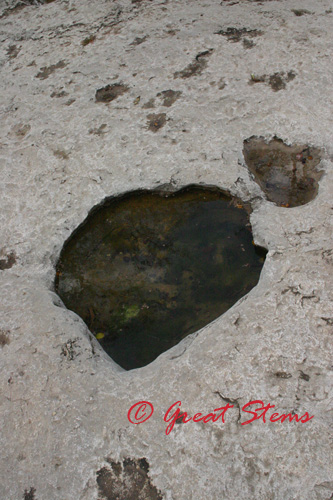
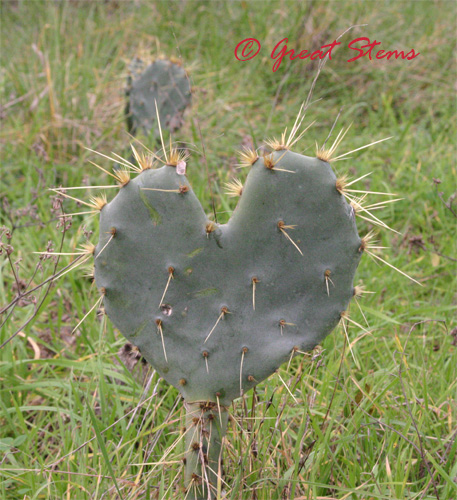
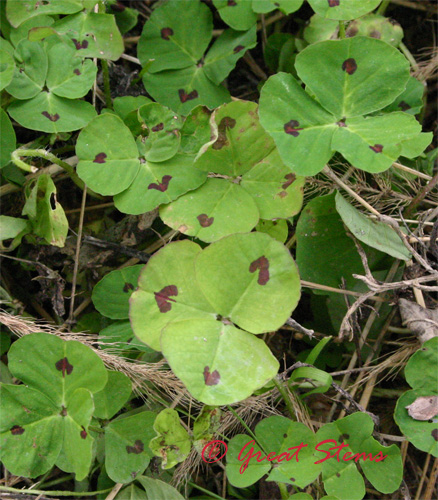
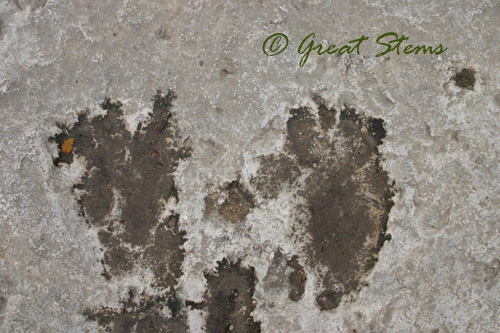
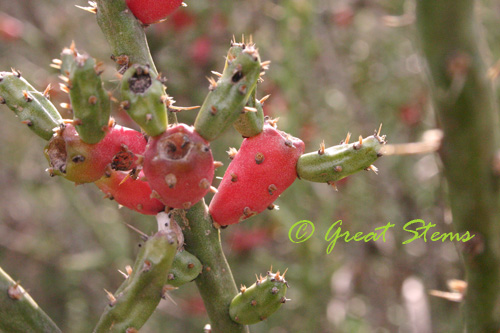
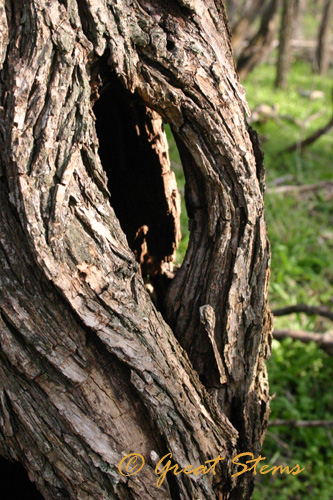
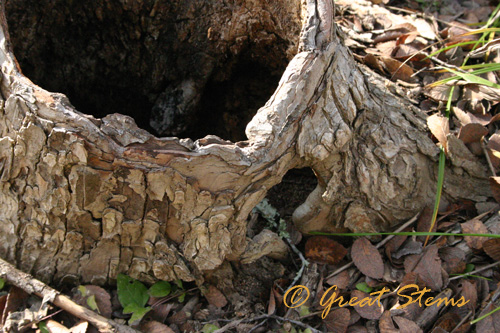
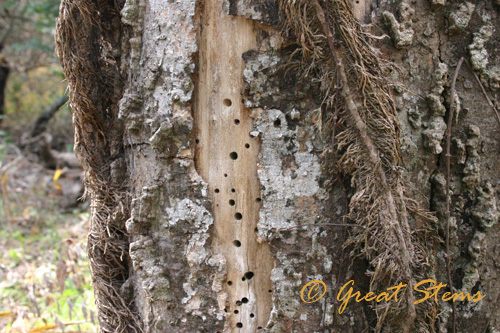
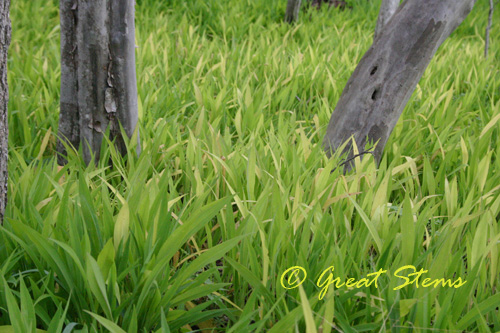
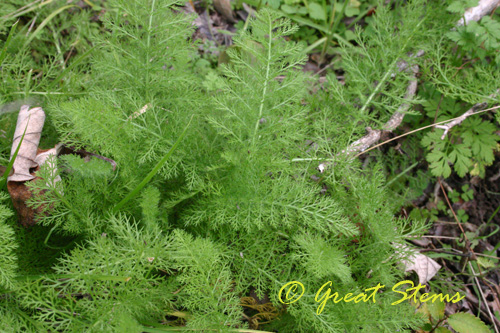
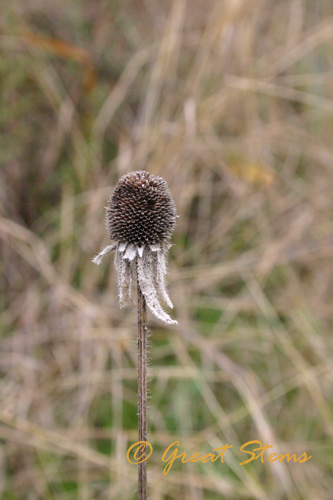
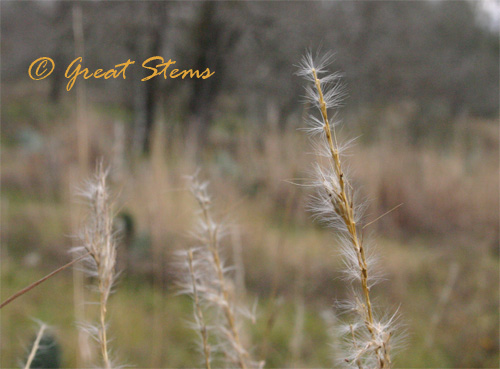
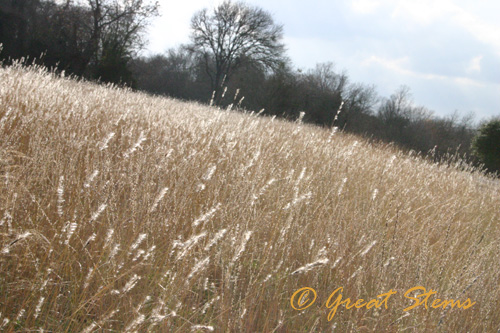
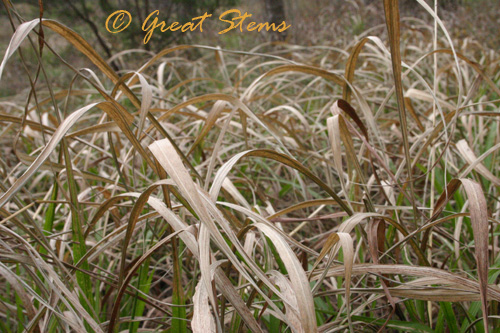
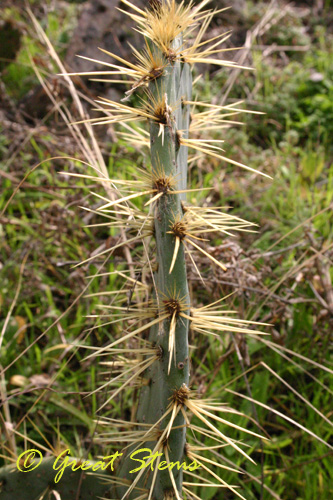 The cactus kept our attention, through color, shape, and spines. Sometimes it was pests, like cochineals…
The cactus kept our attention, through color, shape, and spines. Sometimes it was pests, like cochineals…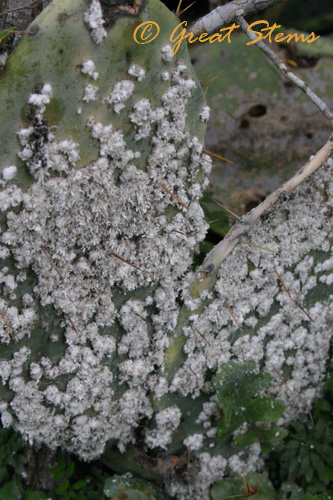
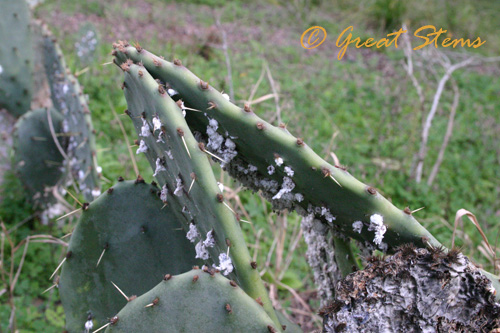
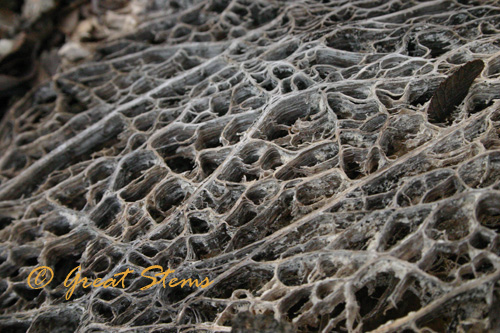
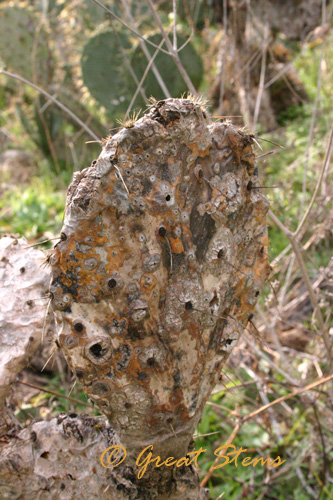
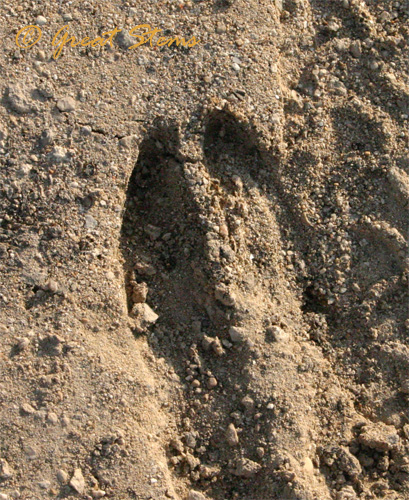
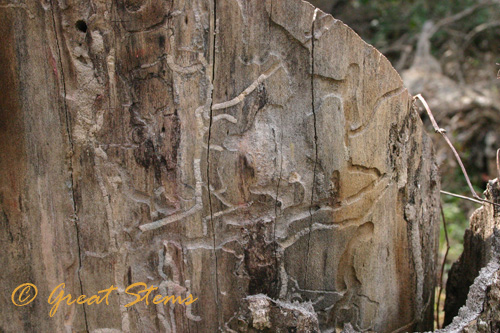
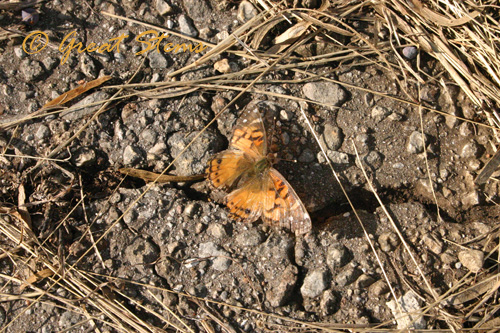
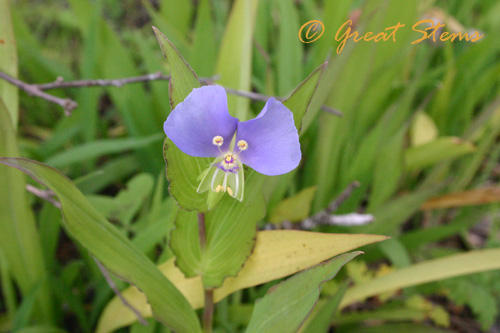
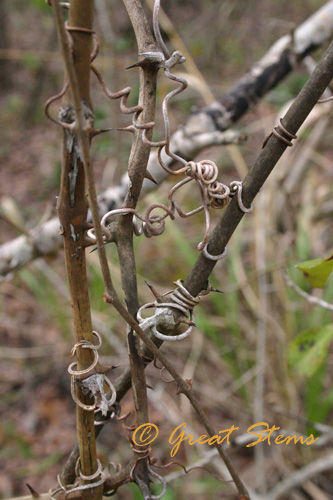
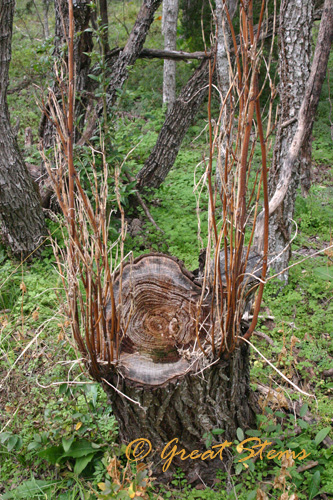
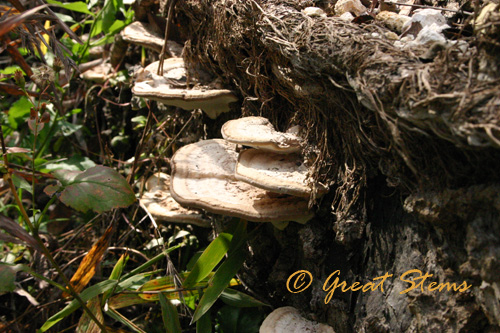
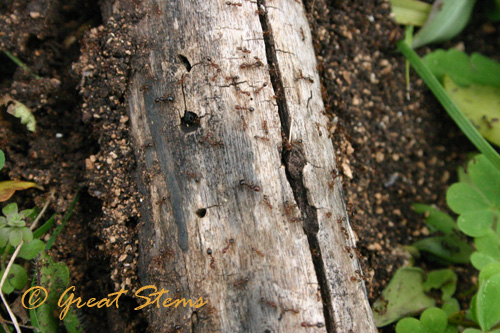
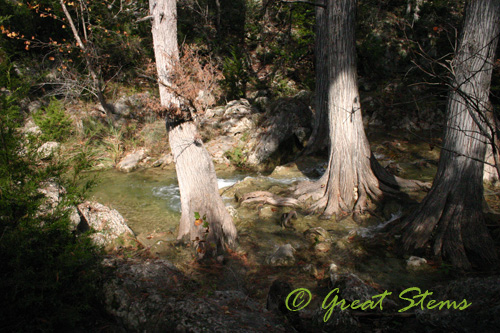
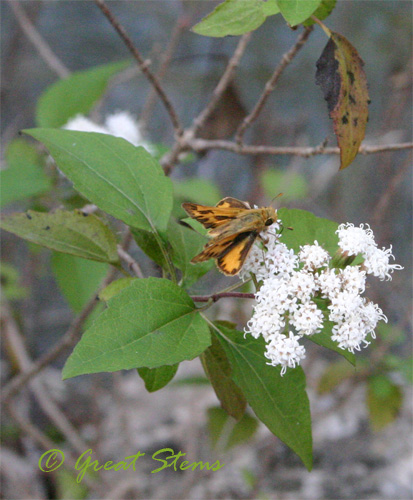
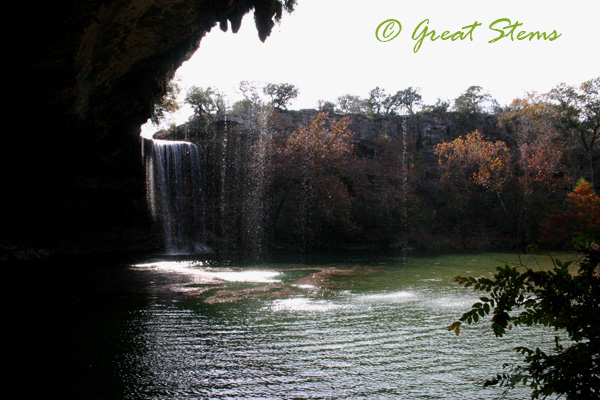
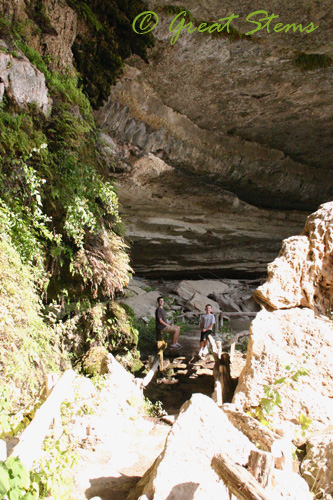
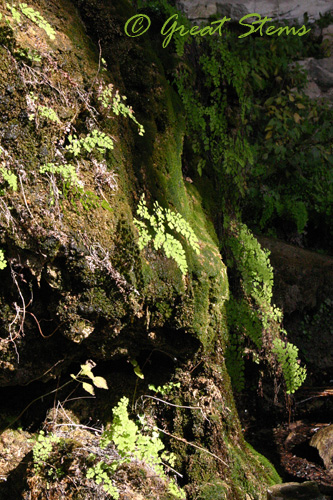
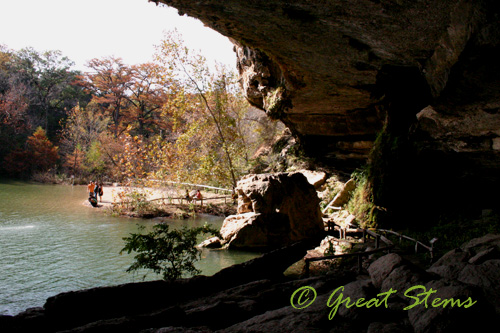 And from the back, the autumn colors seem all the more vibrant.
And from the back, the autumn colors seem all the more vibrant.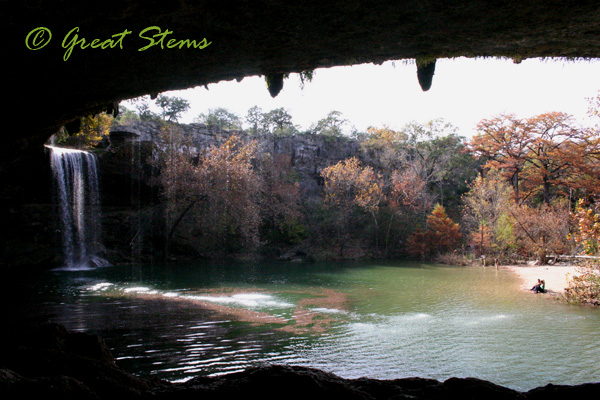
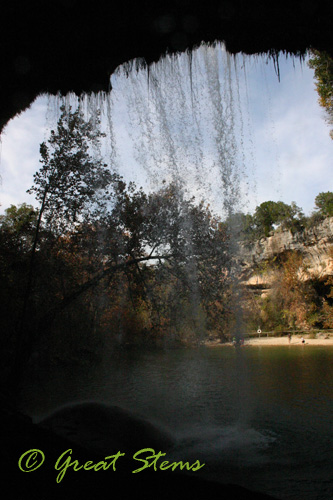
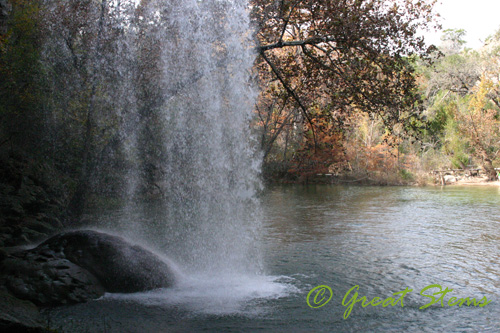
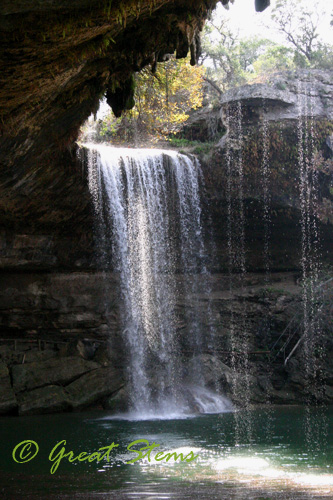
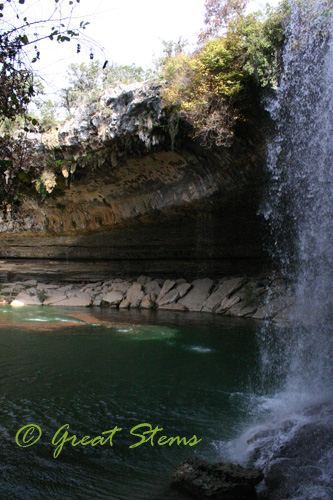
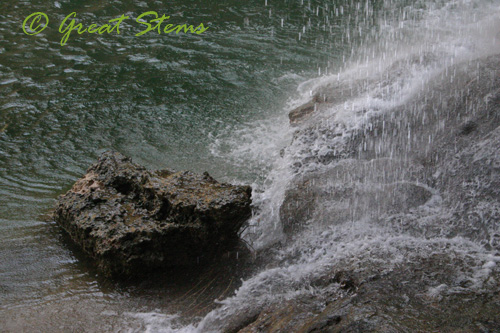
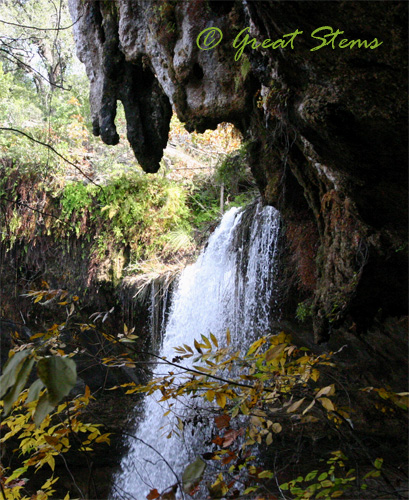
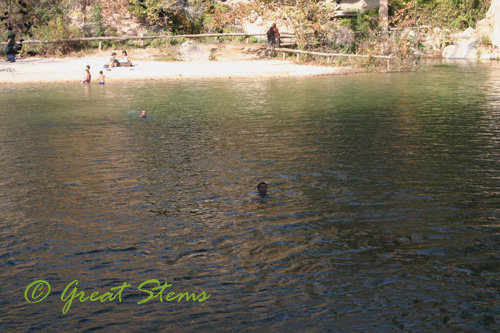
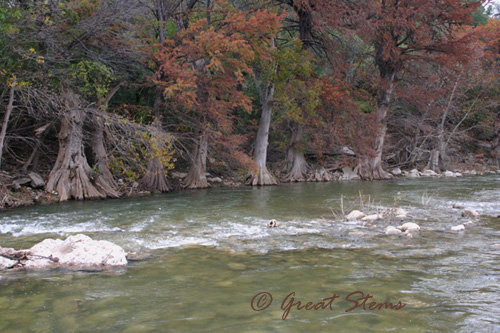
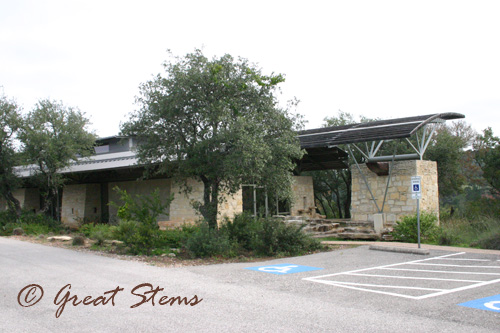
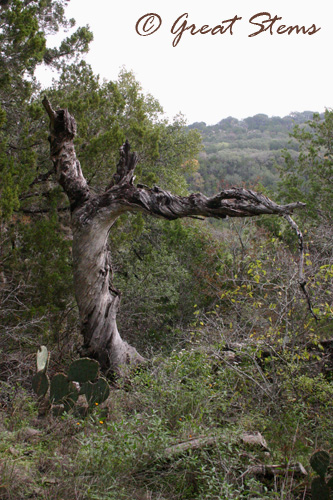
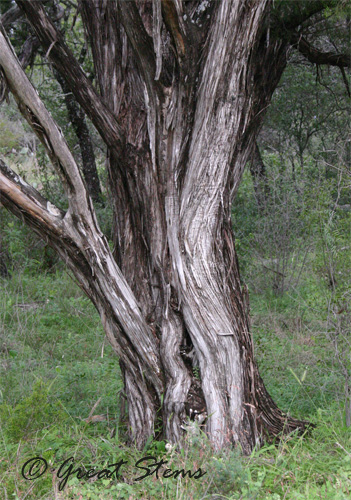
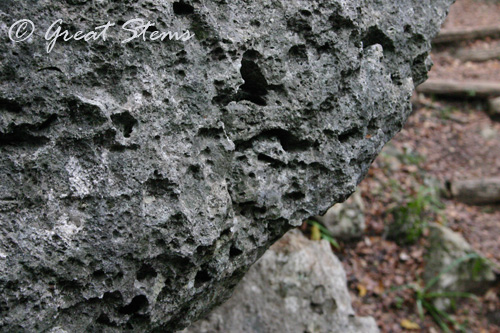
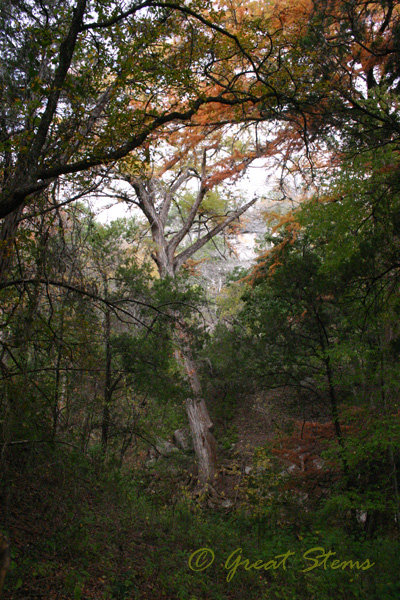
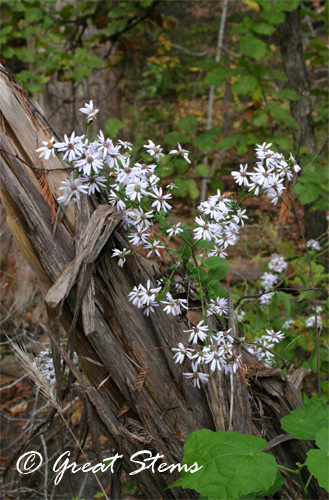
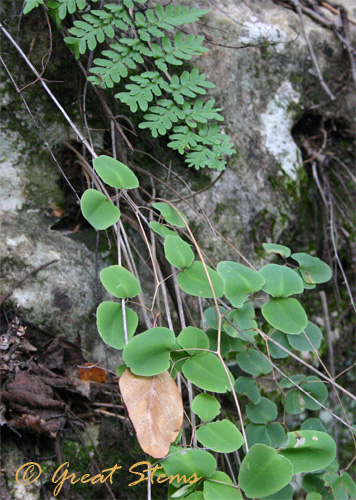
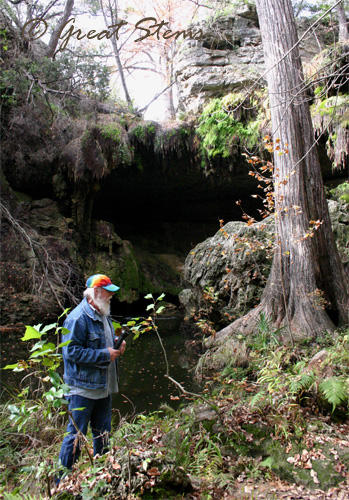
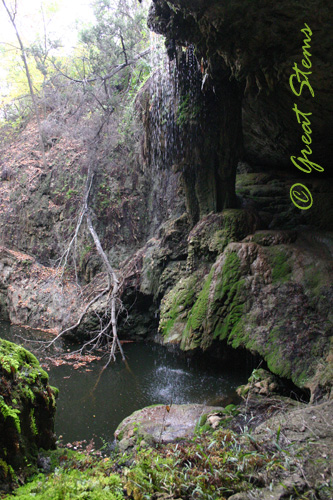
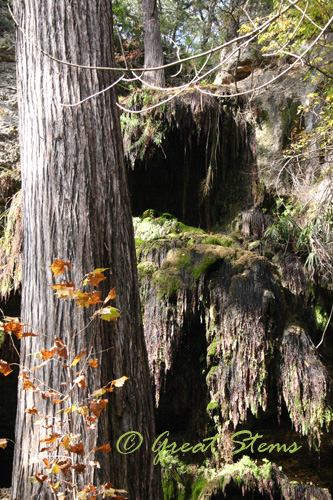
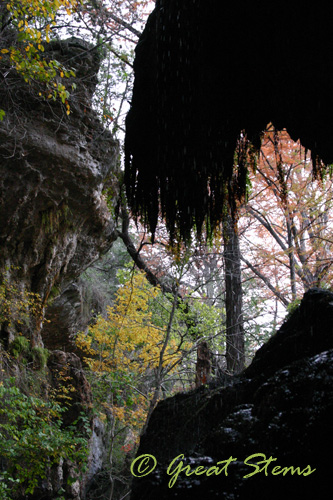 Sunlight streamed into the cave, providing backlighting for glistening water drops and shining upon the moistened moss and ferns. The almost fantastical scene seemed perfect for little gnomes, fairies, or elves.
Sunlight streamed into the cave, providing backlighting for glistening water drops and shining upon the moistened moss and ferns. The almost fantastical scene seemed perfect for little gnomes, fairies, or elves.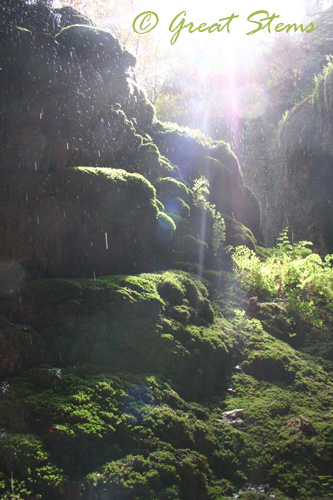
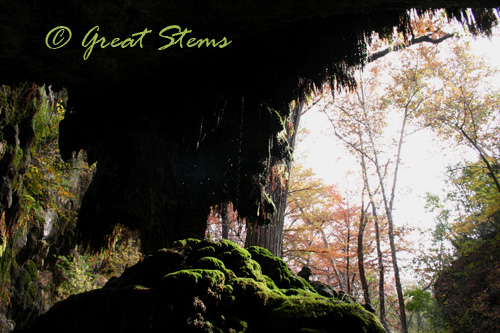
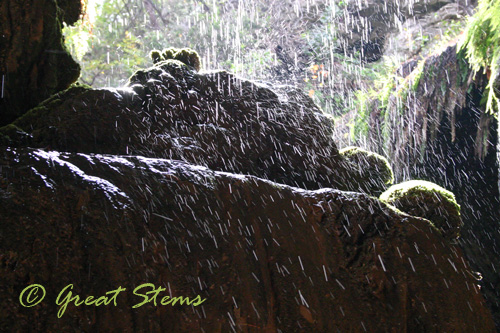
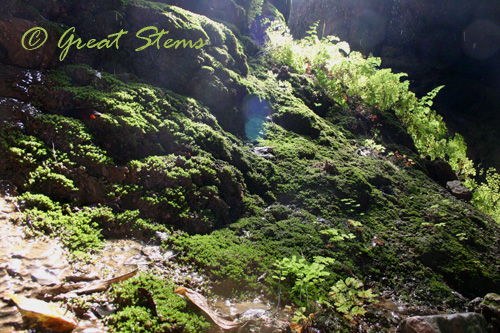
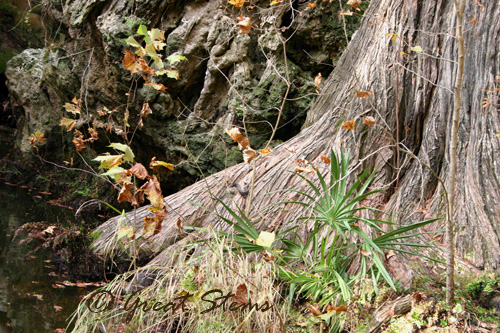
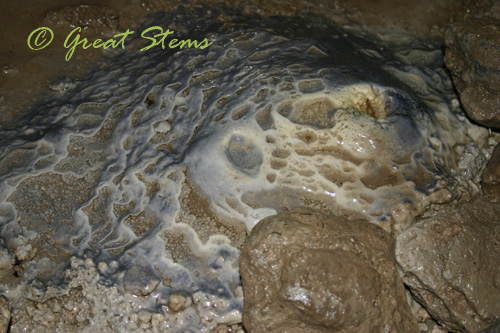
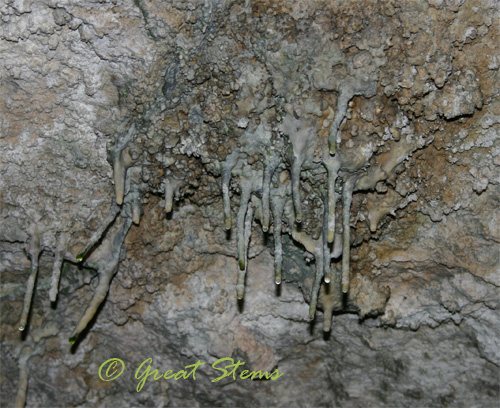
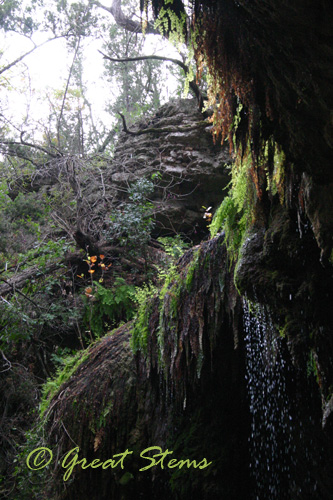

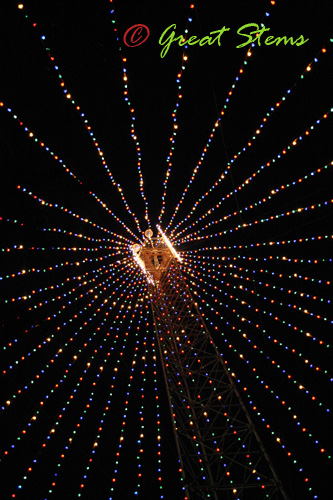
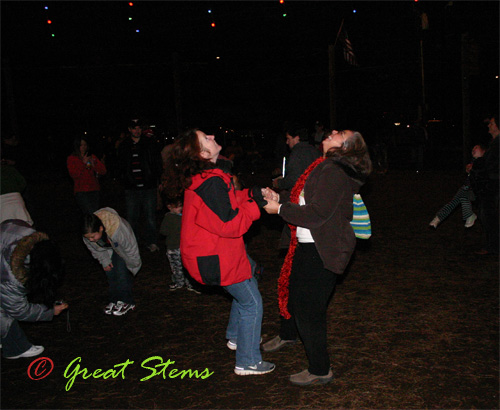




 It’s possible the same effect could be achieved with enough of the proper egg nog.
It’s possible the same effect could be achieved with enough of the proper egg nog. 
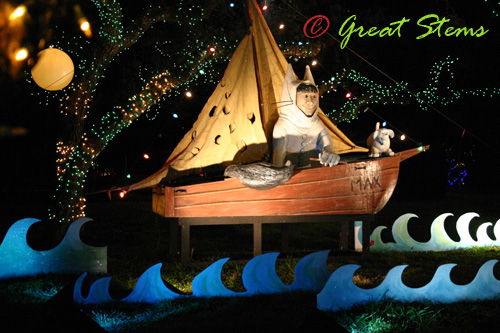
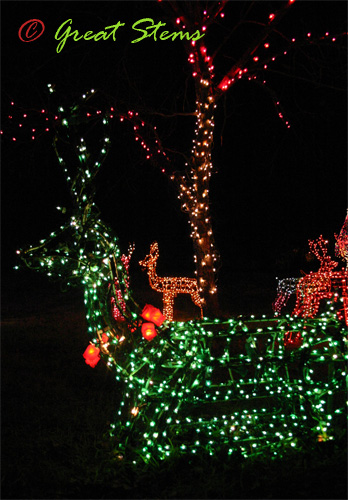
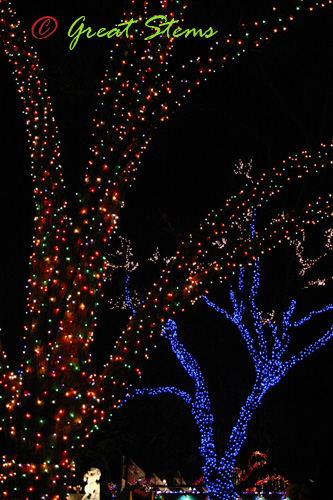 I admit to missing some of the light-effects and one of my favorite displays, the ice statues (which have been used instead for stage decorations this year), but all in all, I much prefer the new trail, and that it’s more energy-wise makes for a feel-good feeling. The dinosaur family is still there, yay — my other favorite.
I admit to missing some of the light-effects and one of my favorite displays, the ice statues (which have been used instead for stage decorations this year), but all in all, I much prefer the new trail, and that it’s more energy-wise makes for a feel-good feeling. The dinosaur family is still there, yay — my other favorite.
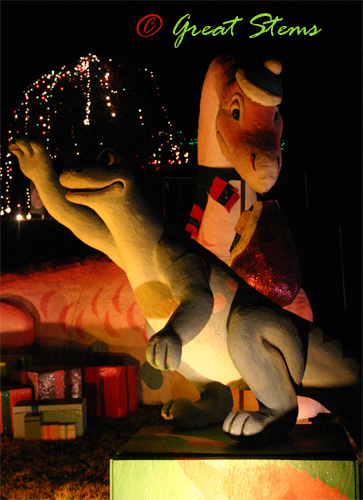
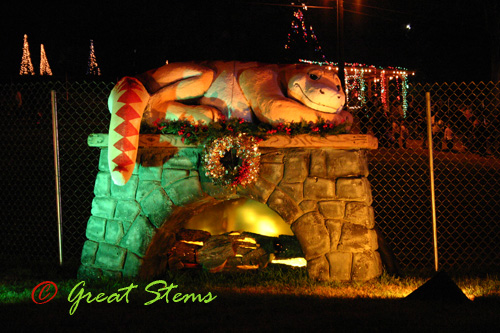
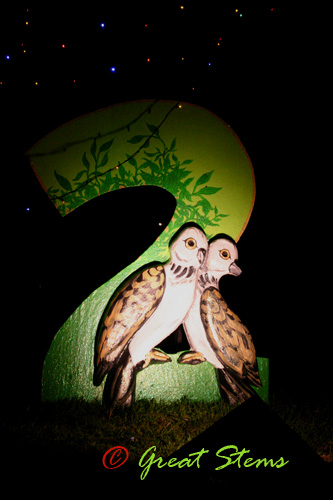
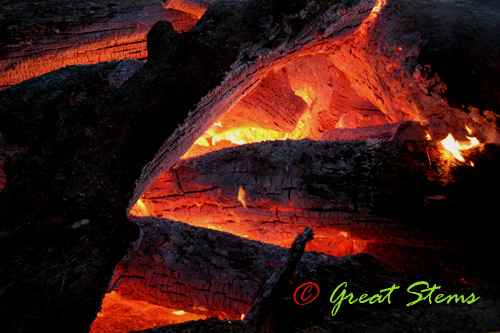
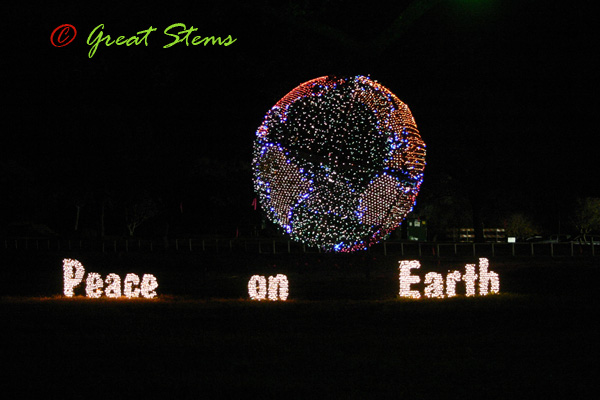
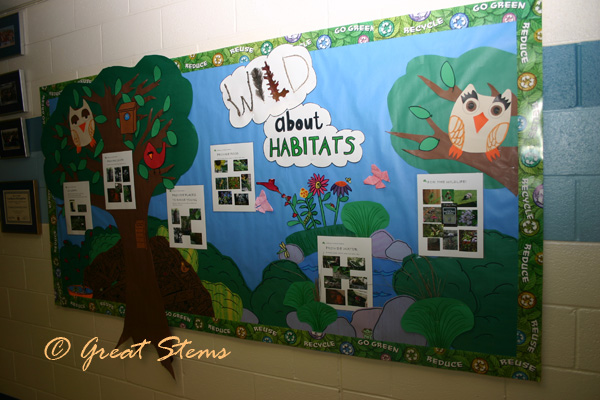
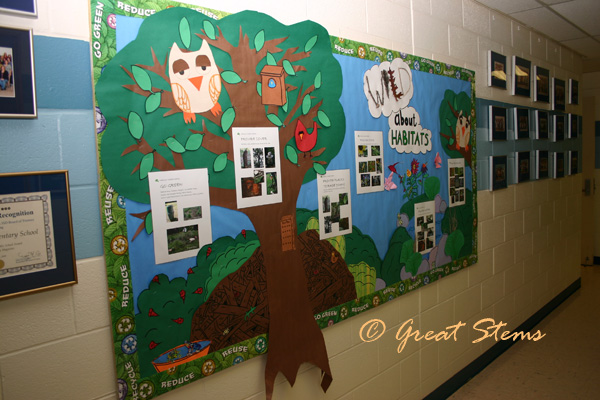 I’ve really been thrilled with the enthusiasm everyone has had about the habitat project. What makes me happiest is seeing how excited the kids are. Just wait until the wildlife finds about it!
I’ve really been thrilled with the enthusiasm everyone has had about the habitat project. What makes me happiest is seeing how excited the kids are. Just wait until the wildlife finds about it!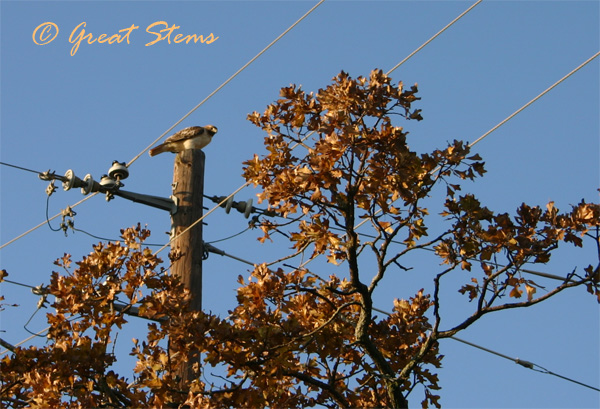
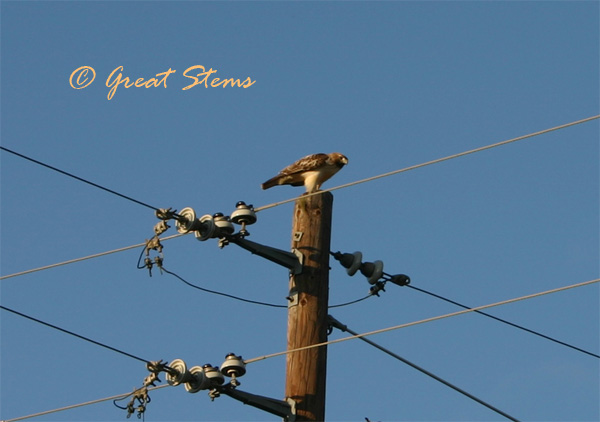
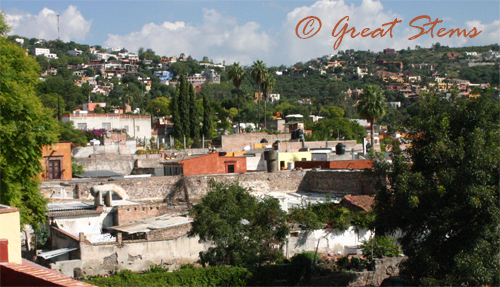 San Miguel is often referred to as the Heart of Mexico, partly because of its central location. But its role in Mexican independence, its religious icons and festivals, its historic value, its impressive art, and its sheer beauty and tranquility have all made San Miguel a truly beloved city. The lure of San Miguel is powerful — from the moment we arrived, we understood why it draws in people from all over Mexico and visitors from all over the world.
San Miguel is often referred to as the Heart of Mexico, partly because of its central location. But its role in Mexican independence, its religious icons and festivals, its historic value, its impressive art, and its sheer beauty and tranquility have all made San Miguel a truly beloved city. The lure of San Miguel is powerful — from the moment we arrived, we understood why it draws in people from all over Mexico and visitors from all over the world. 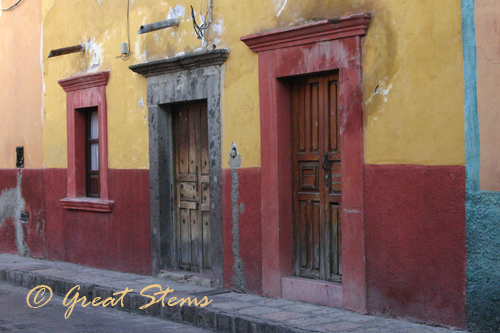
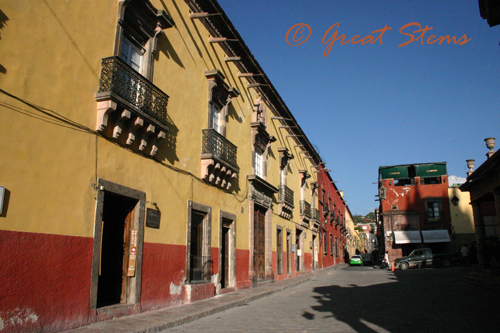
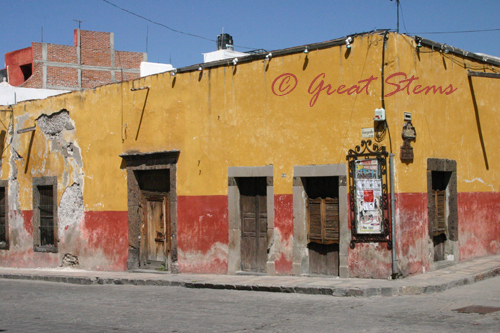
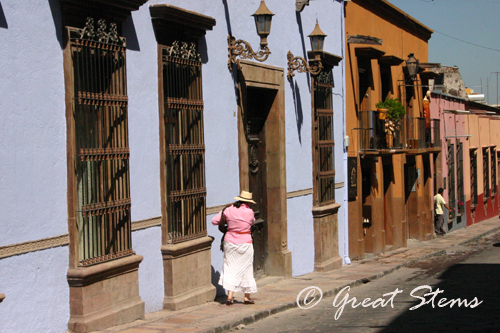
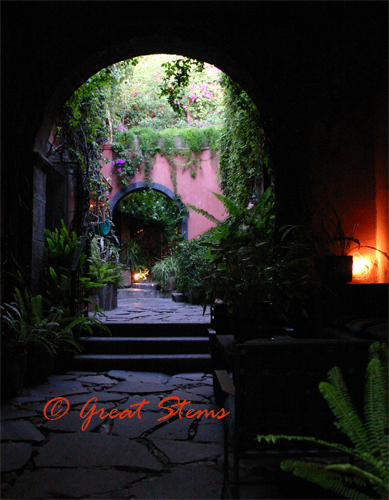
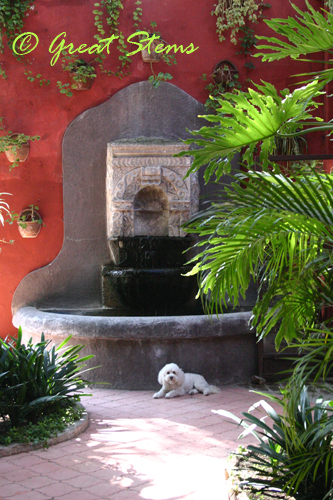
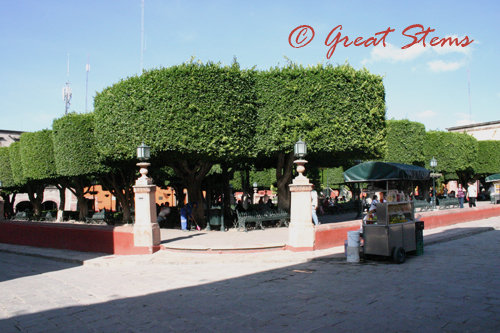
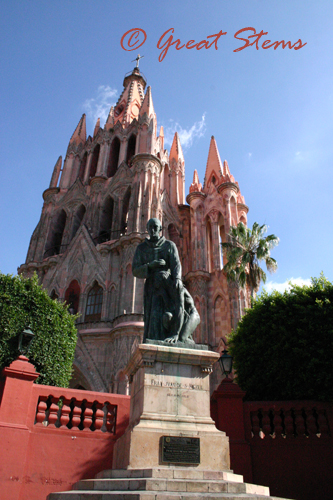
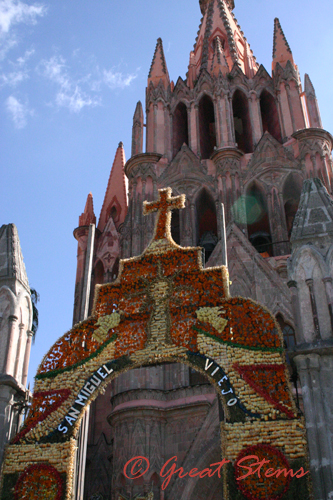
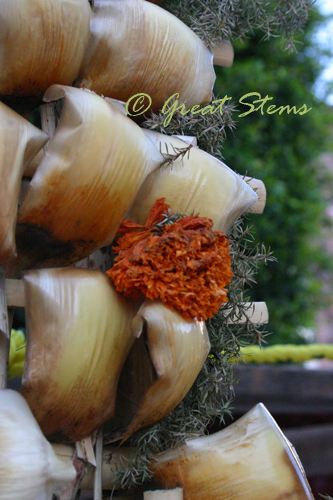 Inside, the Parroquia holds historic statues and murals, often simple in nature, with remarkable arched ceilings of brick and stone.
Inside, the Parroquia holds historic statues and murals, often simple in nature, with remarkable arched ceilings of brick and stone.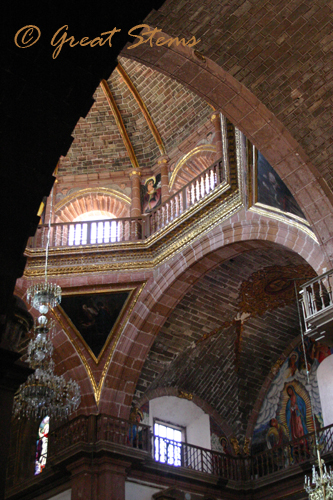
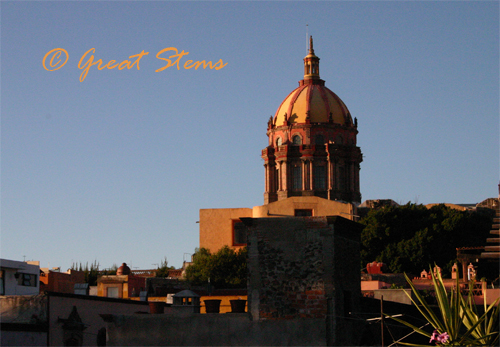
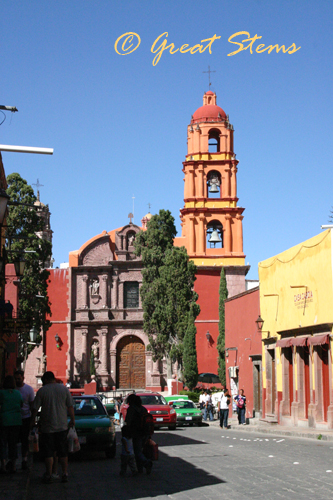
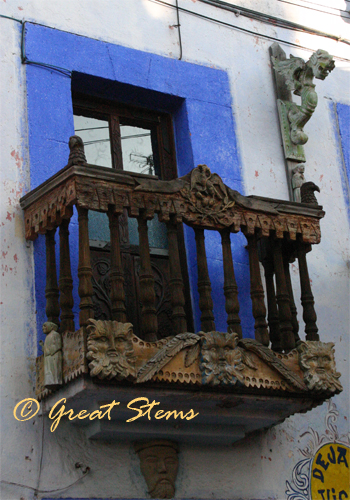
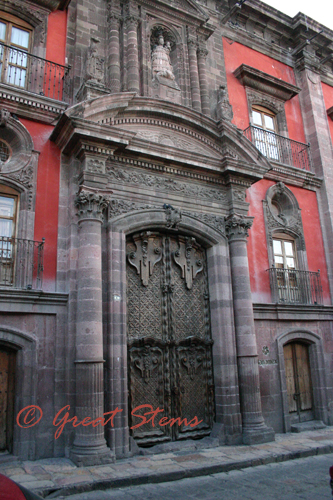
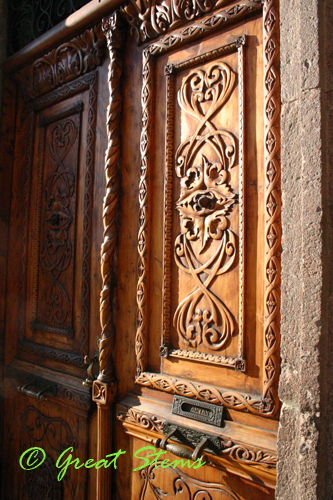
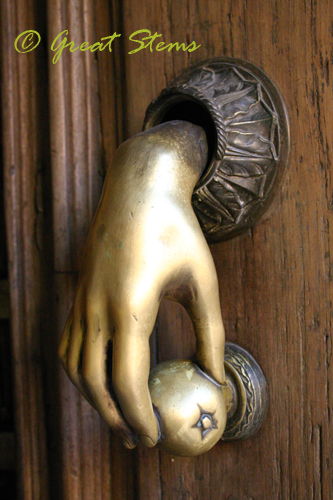
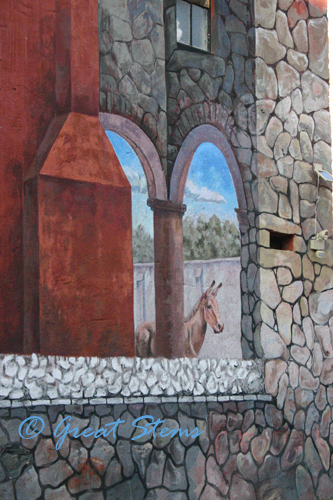
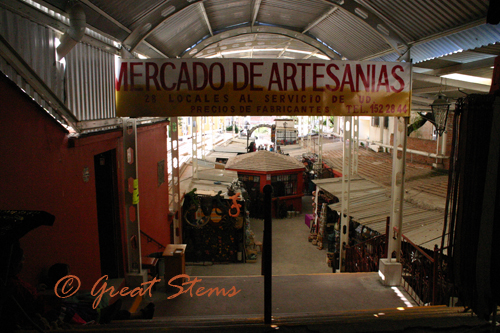
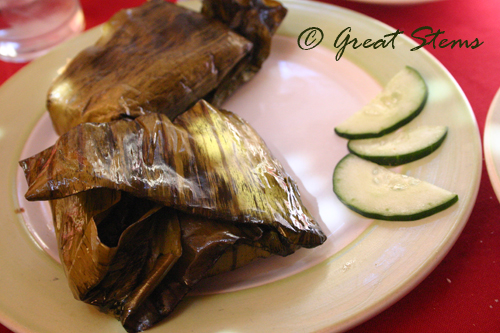 And you know there were margaritas to be had.
And you know there were margaritas to be had.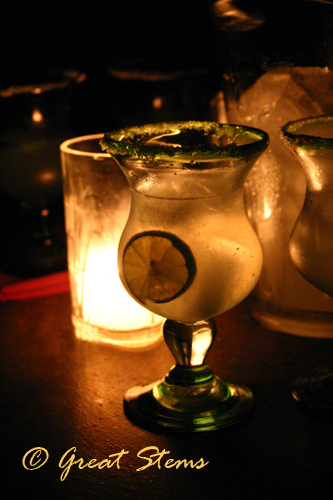
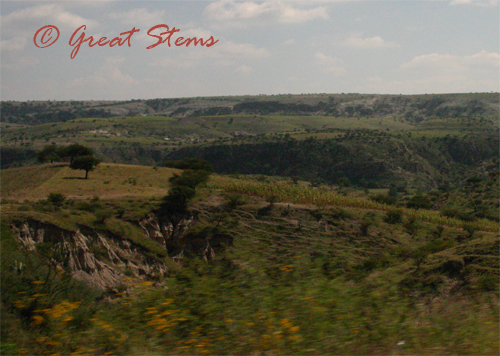
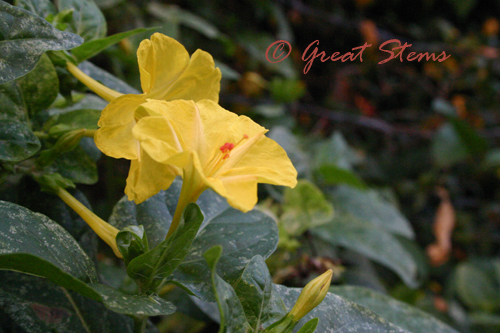
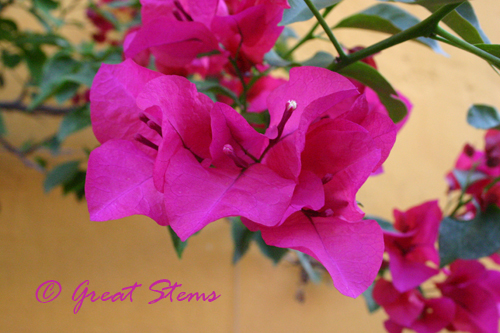
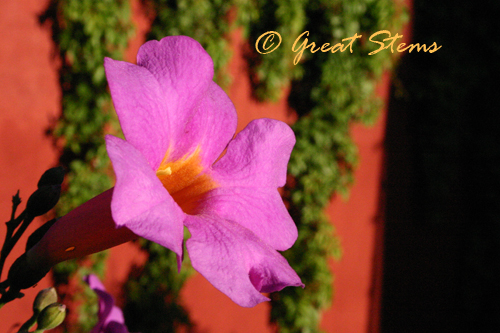
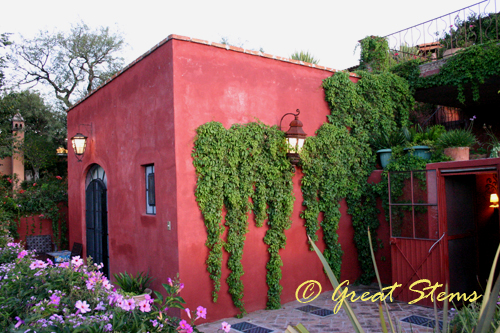
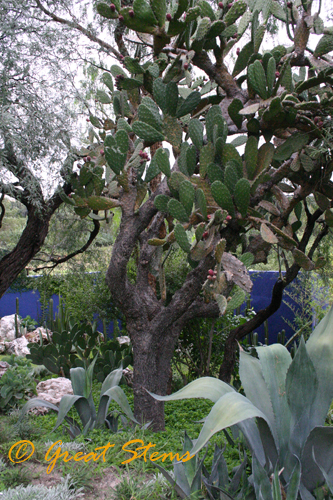
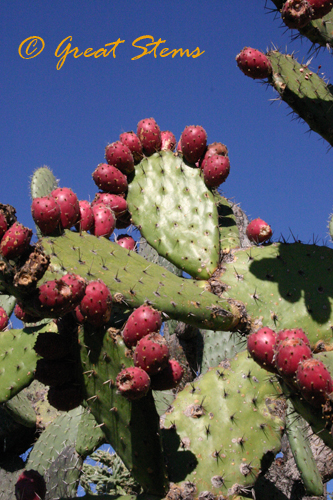
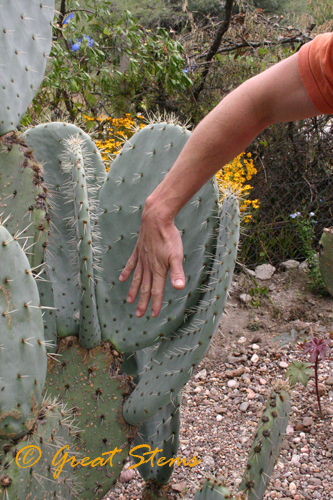 Also awe-worthy were the agave, growing 8+ feet tall.
Also awe-worthy were the agave, growing 8+ feet tall.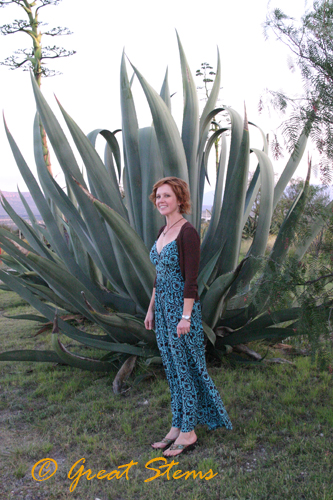
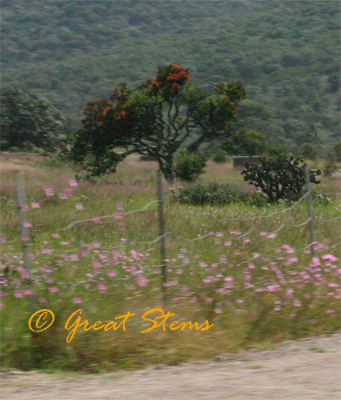
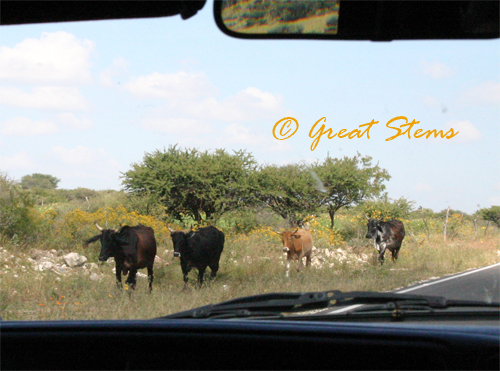
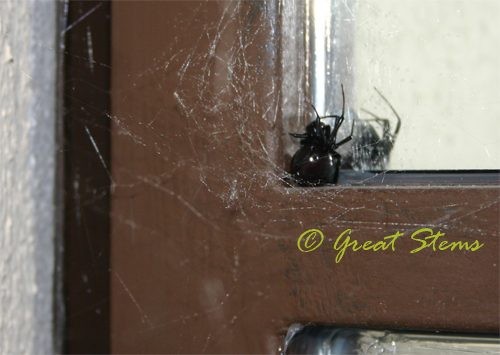
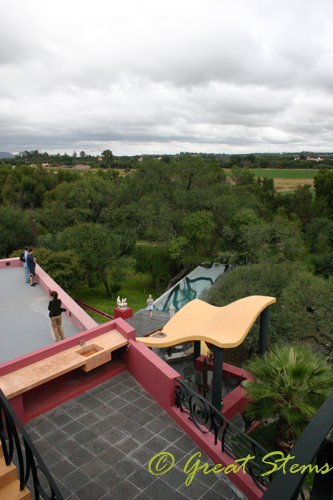
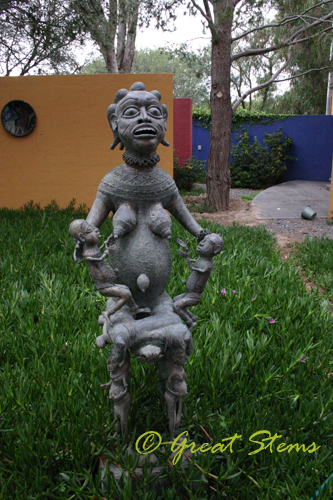
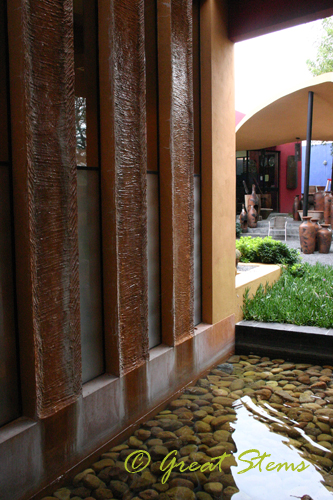
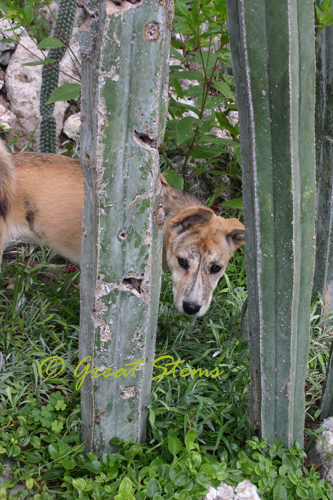
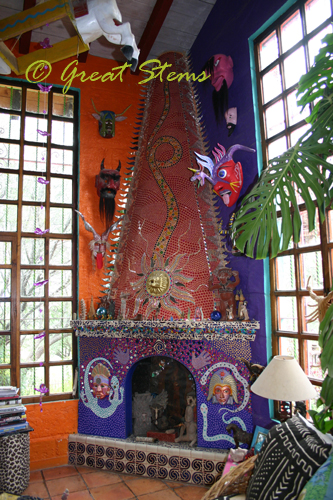

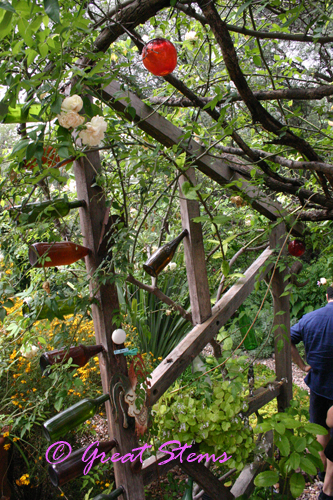
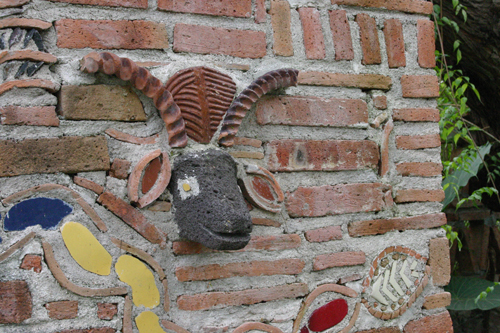
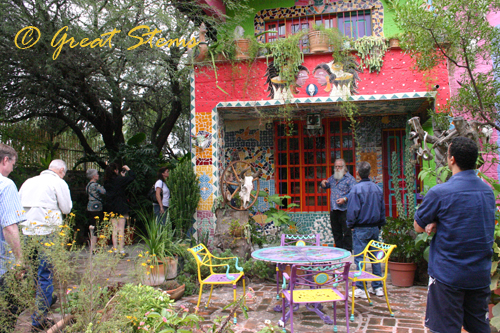
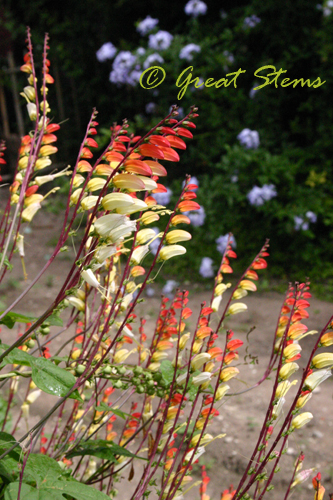
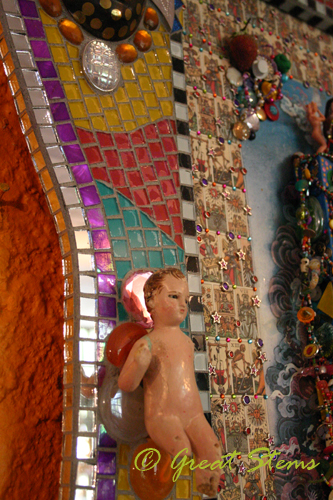
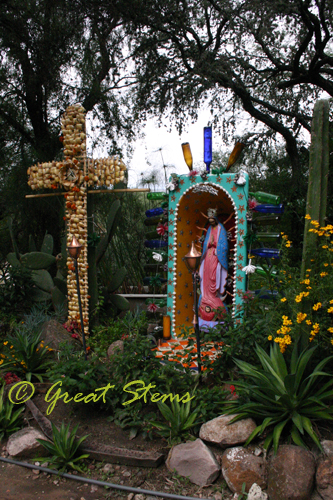
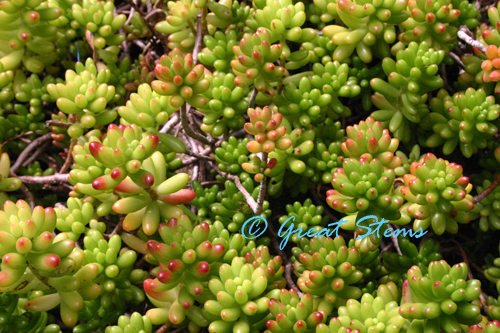
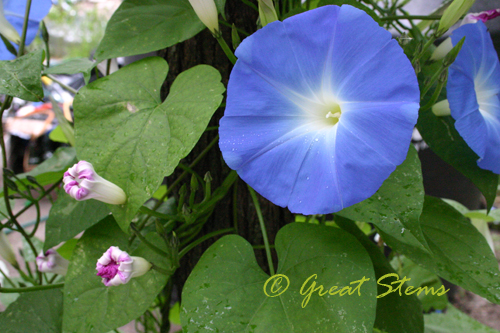 Whole walls and fences were sometimes created out of organo cactus (organ pipe).
Whole walls and fences were sometimes created out of organo cactus (organ pipe).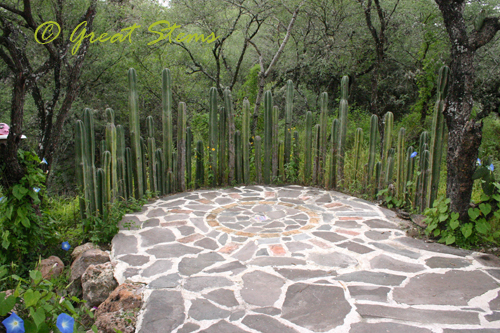
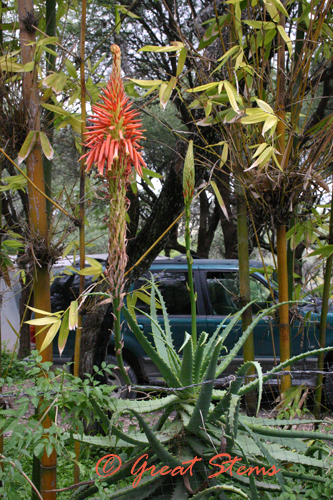
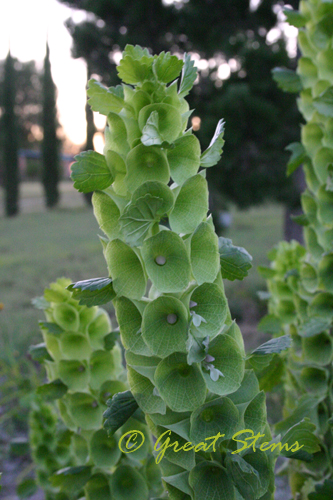
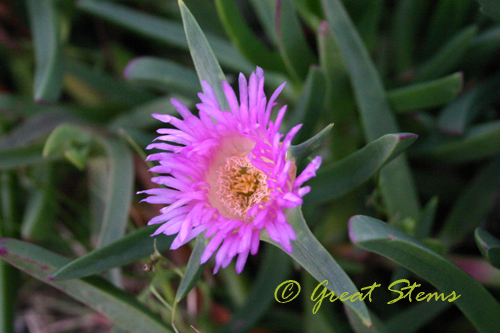
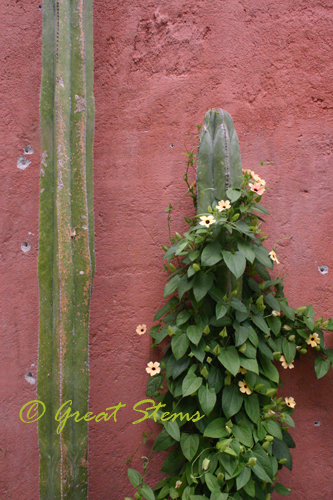 Our family and friends had a delightful trip, and the wedding was intimate and beautiful. San Miguel has another reason to be called the Heart of Mexico — it steals the heart of anyone who visits it.
Our family and friends had a delightful trip, and the wedding was intimate and beautiful. San Miguel has another reason to be called the Heart of Mexico — it steals the heart of anyone who visits it.